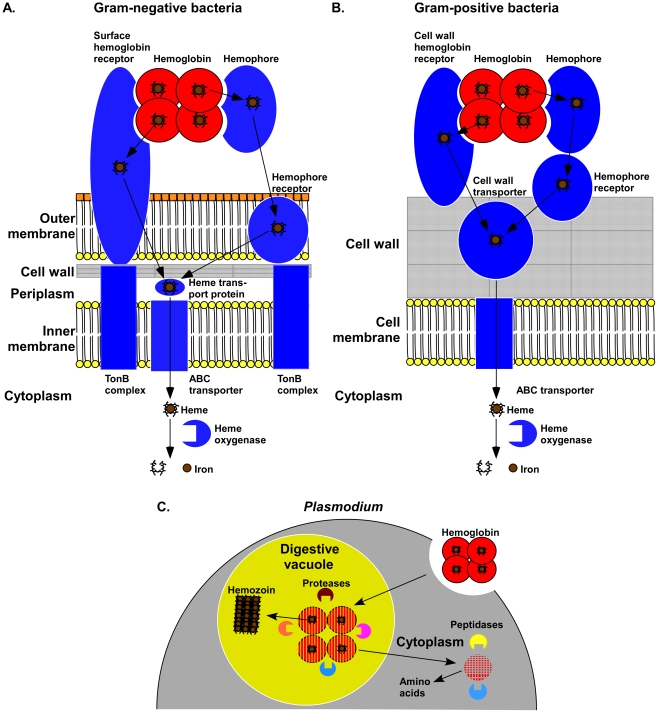Figure 1. Mechanisms of hemoglobin utilization by pathogens.
(A) Gram-negative bacteria bind hemoglobin by either secreted or surface receptors. Hemoglobin receptors extract heme and pass it to heme transport proteins within the cell surface. Outer membrane heme transport systems utilize the energy of the proton motive force generated within the inner membrane by the TonB complex. Once in the periplasm, heme is bound by a heme transport protein, which delivers heme to the inner membrane ABC transporter. ABC transporters pass heme into the cytoplasm, where it is degraded by heme oxygenases to supply the bacterium with iron. (B) Gram-positive bacteria express secreted and cell wall–anchored hemoglobin receptors that extract heme from hemoglobin. Hemoglobin receptors then transfer heme to the cell wall transporters that pass heme through the peptidoglycan layer in a relay process. Heme is then transported across the cell membrane by ABC transporters. In the cytoplasm, heme is degraded by heme oxygenases to release iron. (C) Plasmodium consumes hemoglobin by endocytosis of pockets of red blood cell cytoplasm through cytostomes, which transfer hemoglobin to digestive vacuoles. Hemoglobin is sequentially digested by proteases and aminopeptidases in the digestive vacuole and cytoplasm to supply Plasmodium with amino acids. The released heme is polymerized into hemozoin.

